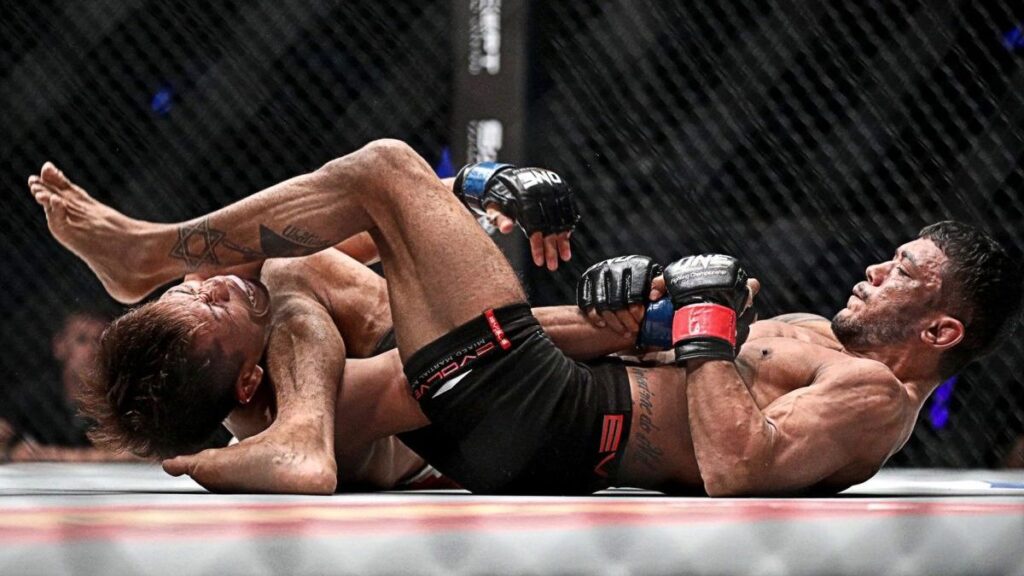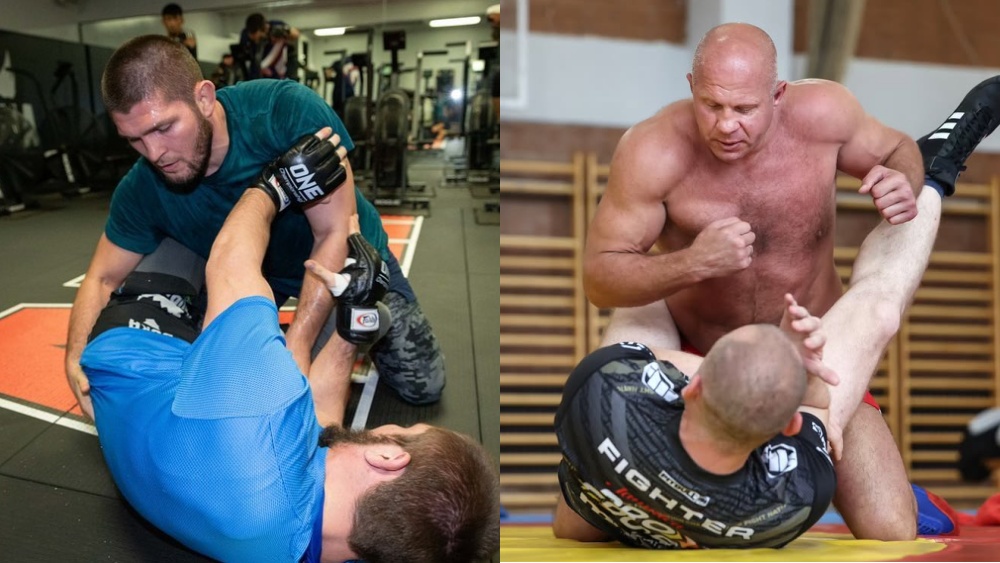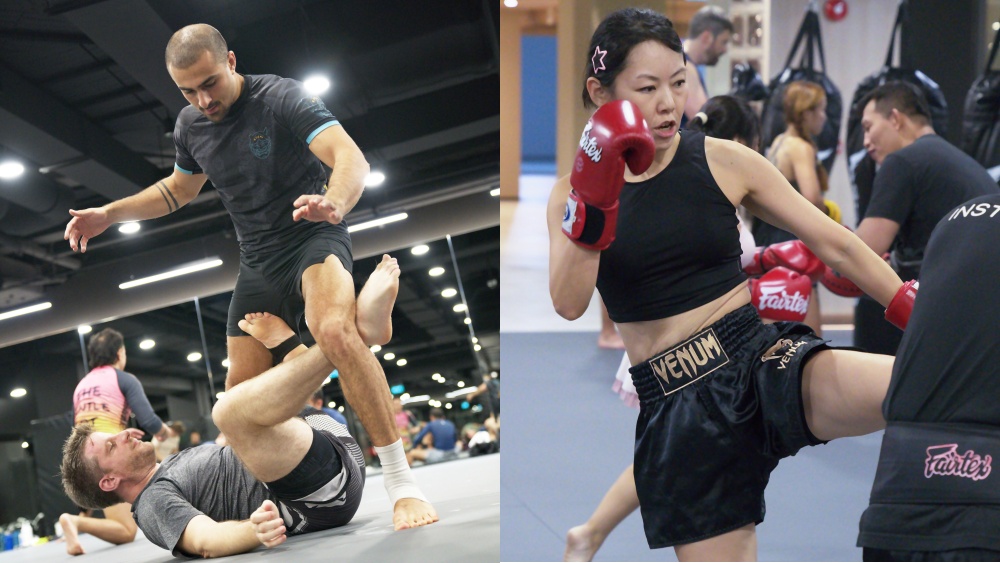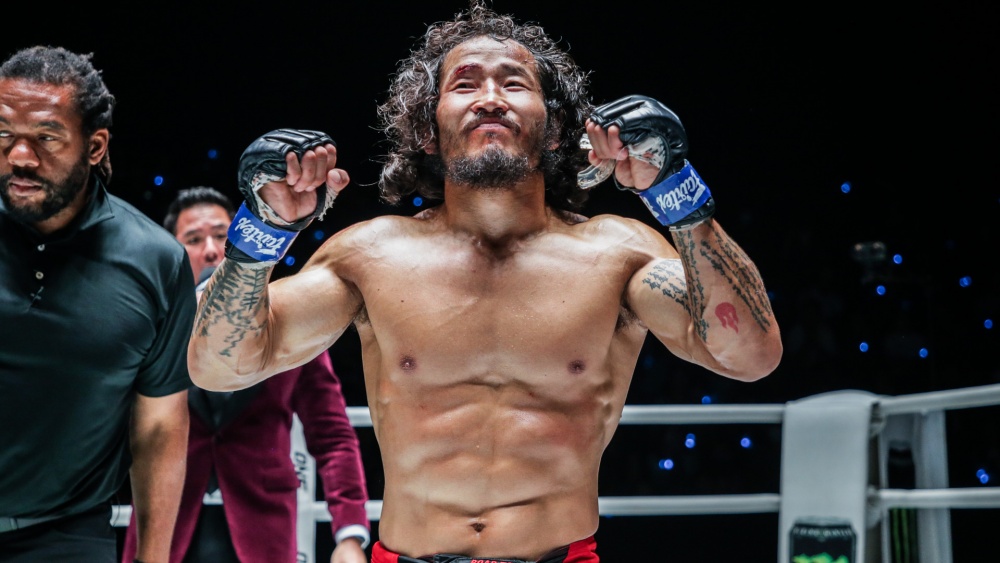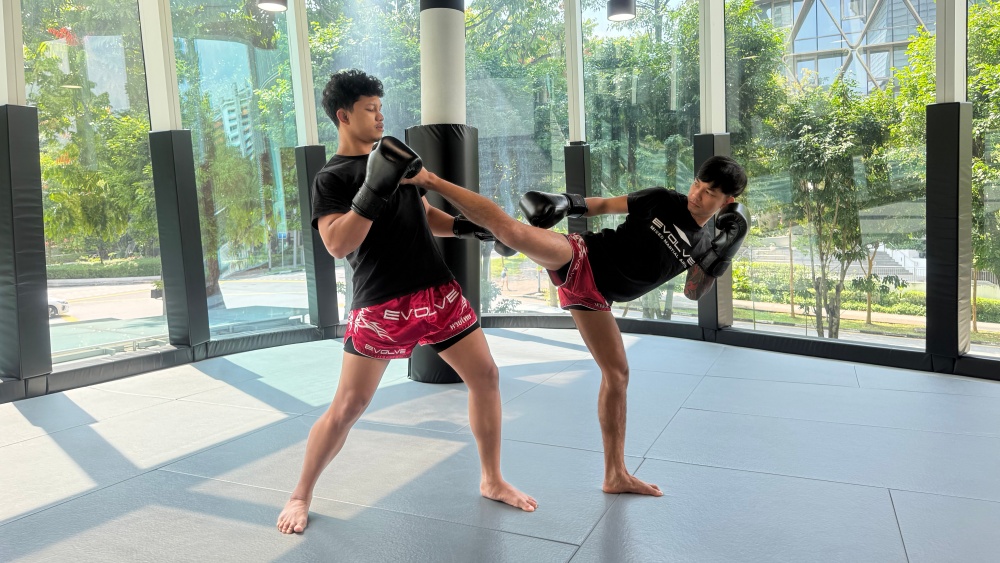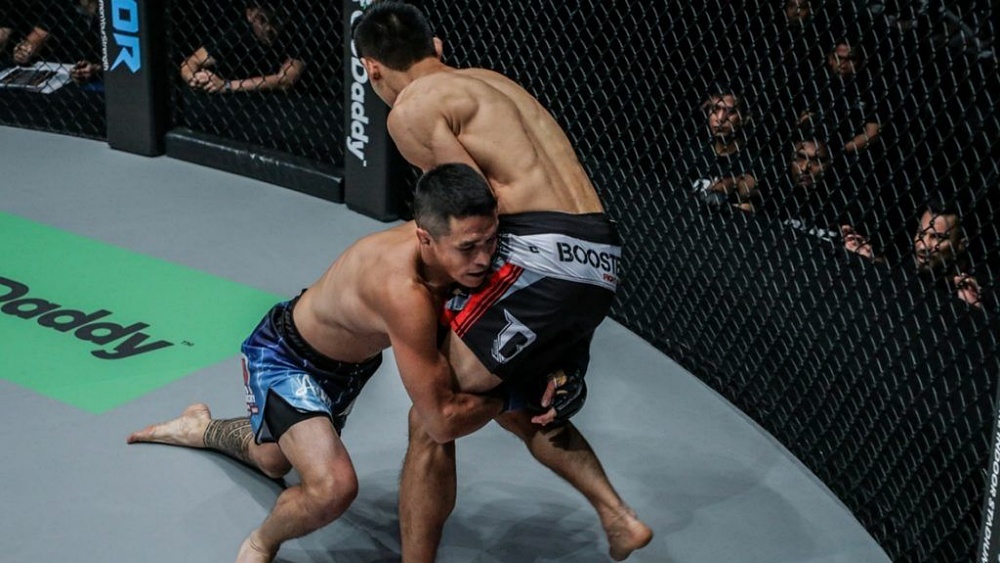The early days of mixed martial arts were dominated by Brazilian Jiu-Jitsu as Royce Gracie made quick work out of all of his opponents, winning the first two Ultimate Fighting Championship tournaments. It was also the first time many people got to see how effective the grappling arts, in general, were against the striking-based styles.
Put an experienced striker in a cage against an equally experienced grappler and the latter was more likely to emerge victorious. Sure, the striker could manage to land a big shot and end the fight, but a lot of the time the grappler is more likely to secure a takedown. Once the fight is on the ground, the grappler could either pummel his/her opponent with shots or a look for a submission.
The beauty of submissions is that these techniques’ allow you to immediately end a fight, even from disadvantageous positions. That has led to some rather thrilling fight endings like Anderson Silva’s fifth-round submission of Chael Sonnen at UFC 117, after getting dominated for four and a half rounds.
Overall, submissions were responsible for over 20 percent of all victories in the Ultimate Fighting Championship from UFC 1 -163.
Let’s take a look at the 3 most common submissions in MMA:
1) Rear naked choke
This is arguably the most popular submission in mixed martial arts. That’s because of how effective the technique. It’s called “Mata Leão” in Brazil which means “lion killer” in Portuguese. When properly applied, it’s a very difficult choke to worm out of, and, if your opponent is silly enough not to tap, he/she will pass out shortly.
It’s also an extremely easy choke to learn, and there’s no way to power out of it, so it’s a really good way to submit bigger and stronger opponents.
The rear naked choke is typically applied from top back mount position or any other position where you have your opponent’s back. To execute it, you simply slide one of your arms under your opponent’s chin, then you grab your shoulders on the opposing side with the same arm. You then place your other arm behind your opponent’s head then grab your biceps or shoulder on the opposing side. Now squeeze to tighten up the choke while bringing your elbows together.
The reason why this choke puts people to sleep so quickly is that it’s a blood choke. Instead of cutting off your air supply like other choke holds do, the RNC cuts off the blood supply to your opponent’s head. That is accomplished by blocking off the ceratoid artery when you squeeze.
The rear naked choke is responsible for 32 percent of submission victories in the UFC.
2) Guillotine choke
Here’s another choke that easy to learn, yet extremely common and effective in mixed martial arts. It’s a move that has been popularized by BJJ practitioners, but it originates from Judo. It’s also known as Mae Hadaka Jime.
This choke works by applying pressure to your opponent’s windpipe. This is done by compressing your opponent’s trachea. There are some variations that turn it into a blood choke. It comes down to how you apply pressure on your opponent’s neck.
MMA fighters like Brian Ortega have made the guillotine choke one of their signature moves, and for very good reason. It’s an easy move to secure since many people get careless with their heads when shooting for takedowns, leaving their necks wide open. Scott Brinkle made that mistake during his 2013 clash with Jason King who secured a guillotine choke 7 seconds into their fight.
Get careless with your neck against an opponent who’s good at securing the guillotine, and it’s lights out for you.
Guillotine chokes are responsible for 18 percent of all submissions in the UFC. Even the best grapplers in the world can fall victim to the guillotine if they get careless with their necks. To execute this technique, you wrap your one of your arms around your opponent’s head and under the person’s chin. You then use your free hand to grab the wrist of your other hand. Bring both hands towards your chest and squeeze to apply pressure. You can torque the elbow of your freehand upwards for added pressure or jump into closed guard to keep your opponent in place.
3) Armbar
The armbar is a bit more complicated than the other two submissions listed above, but it’s still a very effective submission when locked in. When it comes to armbars and MMA, the first name that comes to mind is Ronda Rousey. The former face of women’s MMA won her first 8 professional fights via armbar, and even when it became obvious that it was her go-to move, none of her opponents were able to stop her.
The armbar is a joint lock that isolates the elbow joint. Sixteen percent of all submissions in the UFC have come via way of armbar. One of the coolest things about this technique is the fact it can be applied from many positions and can be worked concurrently with other techniques like the triangle. Anderson Silva showcased that when he successfully defended the UFC’s middleweight title at UFC 117, applying a triangle choke and armbar simultaneously.
One of the easiest ways to secure the armbar is from the mount position. You start by securing the upper part of your opponent’s arm with your arm furthest from it, then you slide your hips underneath the arm you’re grabbing. Your leg on the side closest to your opponent goes over the person’s chest keeping him/her in place, while the other does the same. You raise your hips and apply downward pressure by pulling down on the arm you’ve isolated, using your hips as a fulcrum. Your opponent will be forced to tap or risk serious injury to the arm.
